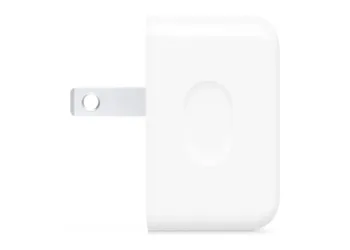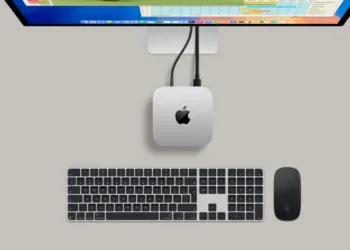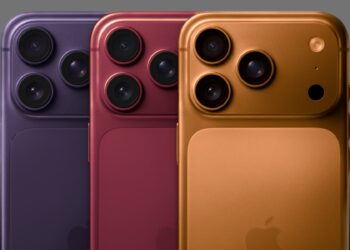Apple may be ready to launch its much-awaited Apple Vision Pro headset in the US on January 27, according to supply chain reports that the “Wall Street Observer” pointed out. Regarding the production ramp-up and possible February retail debut, the tip aligns with Gurman’s information.

Apple Vision Pro to launch sooner than expected
The AR headset, according to the business, would cost a whopping $3,499, or around Rs 2,91,500, when it goes on sale early in the following year. According to Bloomberg, Apple is now increasing the AR headset’s production.
The strategic significance of Apple’s Vision Pro headset in its 2024 product lineup is emphasized by Tianfeng International analyst Ming-Chi Kuo.

Estimating that Apple intends to ship about 500,000 devices this year, Kuo believes it could change trends in consumer electronics and shows confidence in the product’s potential market demand.
Additionally, Kuo argues that if the Vision Pro has a great reception from customers, it may become the “next star product” in the consumer electronics market, affecting stock prices in the associated supply chain and establishing a new benchmark for high-end gadgets in the tech sector.
Apple Vision Pro Specifications
A silicon-based OLED screen (OLEDoS) with a “Color Filter (CF) + WOLED scheme” is featured on the headgear. This technique promises customers an exceptional visual experience with clarity, rich colors, and overall screen quality by directing white light via RGB color filters to improve color reproduction.

The internal M2 chipset powers the functionality of Apple’s augmented reality headset. An additional CPU called the “R1” is on board to evaluate data from the 12 cameras, 5 cameras, and 3 microphones for fast and high-quality content. The R1 chipset is said to eliminate latency throughout the process.
The Apple Vision Pro augmented reality headset runs on a newly tailored version of VisionOS. Apple Pay and the Optic ID headset unlocking system are integrated into Apple Pay. The AR headset incorporates pre-scanned data and scans the wearer’s face to build the digital persona. This will be relevant while interacting with other people.







